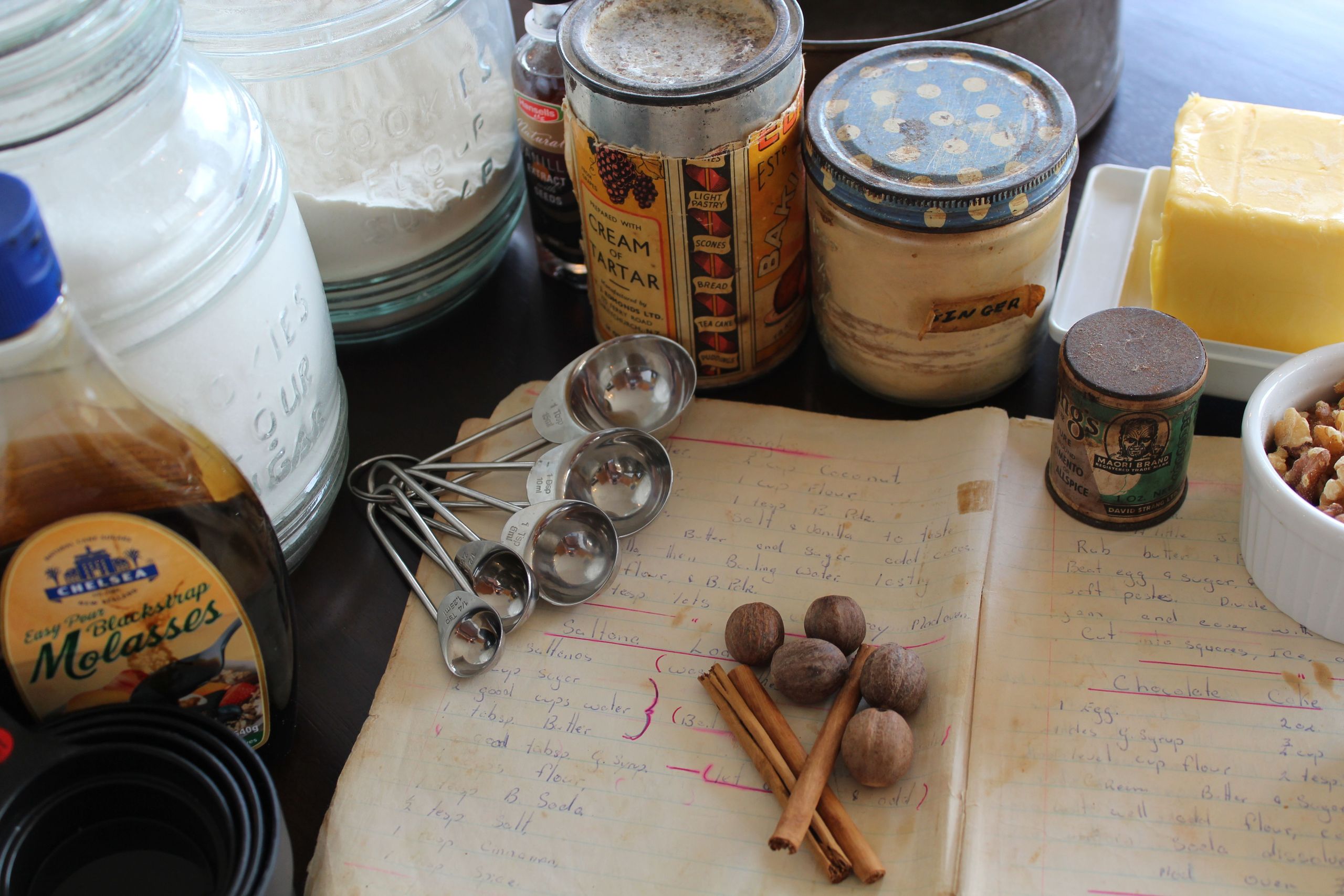Page Contents
Flour is a fundamental ingredient in many recipes, but sometimes, you may need to make substitutions. Whether you’re out of a particular type of flour, need to adjust a recipe for dietary needs, or want a specific texture or flavour, knowing how to substitute flour effectively can be a game-changer.
Self-Raising Flour
Self-raising flour has a slightly shorter shelf-life than plain (all-purpose) flour, so you may need to make this substitution because the leavening agent becomes less effective over time.
| Flour | Substitution |
|---|---|
| Light rise | 1 cup plain flour + 1 tsp baking powder |
| Most recipes | 1 cup plain flour + 1½ tsp baking powder |
| Stronger rise | 1 cup plain flour + 2 tsp baking powder |
| Boost SR flour | Add ½ tsp baking powder to self-raising flour |
Always sift the baking powder and flour together to get a good mix.
Note: This isn’t a hard-and-fast rule.
- Use 1 teaspoon of baking powder for a light rise, ideal for dense-textured cakes like pound cake and banana bread.
- For a more substantial rise, use 1½ teaspoons of baking powder, such as with muffins, banana cake, or light, fluffy scones. Increase this to 2 teaspoons for some bakes, depending on your preference.
Salt is not usually an ingredient in self-raising flour in New Zealand, and recipes here don’t account for it. If you’re accustomed to self-raising flour that includes salt, consider adding ¼ teaspoon of salt to replicate the flavour profile.
Add ½ teaspoon of baking powder to self-raising flour for a more substantial rise for specific recipes or to compensate for older self-raising flour.
For more on the history and origin of self-raising flour, refer to the Wikipedia page.
Wholemeal Flour
Replacing white flour with wholemeal (whole wheat) flour in a recipe can add more fibre, nutrients, and a nutty flavour, but it also changes the texture, moisture content, and rise of the finished product. Here are some general guidelines to ensure successful substitutions:
- Partial substitution: Using wholemeal flour makes baked goods denser.
- You can experiment by substituting 25-50% plain flour with wholemeal flour and adjusting as you gain experience with wholemeal in the recipe.
- Balance wholemeal with white flour to retain lightness.
- Adjust liquids: Wholemeal flour absorbs more liquid than white flour due to its higher fibre content.
- To maintain consistency, increase the liquid in your recipe by 1–2 tablespoons for every cup of wholemeal flour.
- Allow the batter or dough to rest for 10–15 minutes before baking to let the flour absorb the liquid fully.
- Adjust leavening agents: The bran in wholemeal flour can interfere with gluten development, resulting in less rise. To compensate:
- Add slightly more baking powder or yeast.
- Knead bread dough longer to develop the gluten fully.
- Bake at a slightly lower temperature: Reduce the oven temperature by 10–15°C (about 25°F) to prevent over-browning, as wholemeal flour tends to bake faster.
Final Tip: Keep notes on your adjustments and results for each recipe. Substituting wholemeal for white flour is part science, part experimentation, and your results will improve as you refine your approach.

